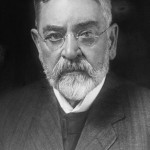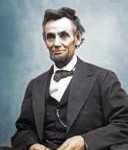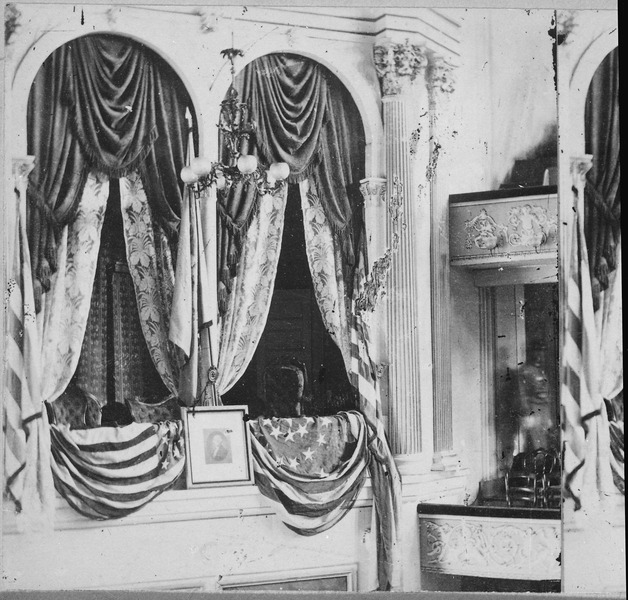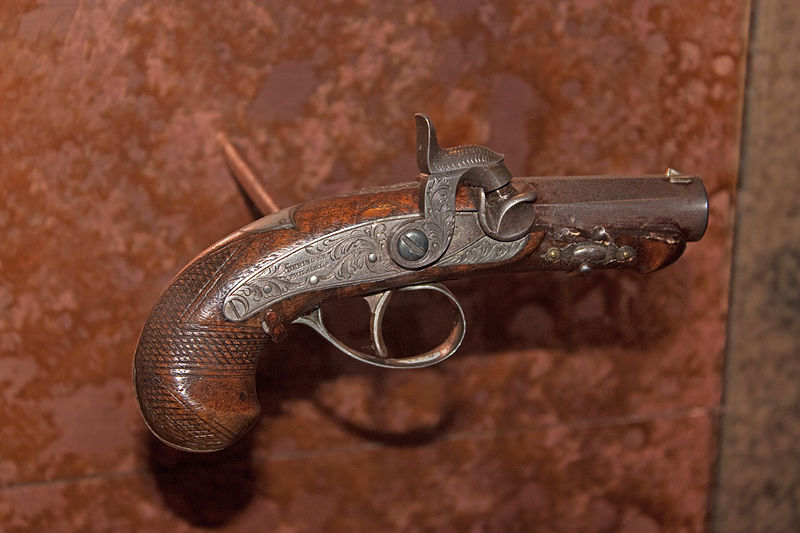 Yes, you read that right; a Booth saved a Lincoln’s life. In my e-book, Abraham Lincoln and Nikola Tesla: Connected by Fate, I’ve been amazed at how many interesting connections there are between the two men. There are two that relate Tesla to Lincoln through Robert Todd Lincoln.
Yes, you read that right; a Booth saved a Lincoln’s life. In my e-book, Abraham Lincoln and Nikola Tesla: Connected by Fate, I’ve been amazed at how many interesting connections there are between the two men. There are two that relate Tesla to Lincoln through Robert Todd Lincoln.
In a 1909 letter to Richard Watson Gilder, editor of The Century Magazine (the same magazine that had first published the Nicolay and Hay’s series on Abraham Lincoln’s life), Robert Todd Lincoln recalled an incident that occurred in late 1864 or early 1865. John Wilkes Booth had assassinated Robert’s father only months before.
“The incident occurred while a group of passengers were late at night purchasing their sleeping car places from the conductor who stood on the station platform at the entrance of the car. The platform was about the height of the car floor, and there was of course a narrow space between the platform and the car body. There was some crowding, and I happened to be pressed by it against the car body while waiting my turn. In this situation the train began to move, and by the motion I was twisted off my feet, and had dropped somewhat, with feet downward, into the open space, and was personally helpless, when my coat collar was vigorously seized and I was quickly pulled up and out to a secure footing on the platform. Upon turning to thank my rescuer I saw it was Edwin Booth, whose face was of course well known to me, and I expressed my gratitude to him, and in doing so, called him by name.”
Several months after the incident, Robert mentioned it to Adam Badeau, a fellow officer on General Ulysses S. Grant’s staff. That officer just happened to be a friend of Edwin Booth’s and sent off a letter to Booth complimenting him on his heroism. Up until that point, Edwin Booth hadn’t been aware that the man he had saved was the son of the man his brother had assassinated.
After a successful acting career, most notably for his signature role as Hamlet (Abraham Lincoln was also a big fan of Shakespeare), Edwin Booth went on to start The Player’s, a social club in New York City. Nikola Tesla often hung out at The Player’s with friends Mark Twain and various actors of the day.
By the way, it was this same Adam Badeau who edited the memoirs of Ulysses S. Grant, and it was Mark Twain, friends with Nikola Tesla, who published them.
I’ll save the other connection through Robert for later, but it’s a big one you won’t want to miss.
David J. Kent is the author of Lincoln: The Man Who Saved America, now available. His previous books include Tesla: The Wizard of Electricity and Edison: The Inventor of the Modern World (both Fall River Press). He has also written two e-books: Nikola Tesla: Renewable Energy Ahead of Its Time and Abraham Lincoln and Nikola Tesla: Connected by Fate.
Check out my Goodreads author page. While you’re at it, “Like” my Facebook author page for more updates!
Follow me by subscribing by email on the home page. Share with your friends using the buttons below.



 Abraham Lincoln died today. Well,
Abraham Lincoln died today. Well, 








